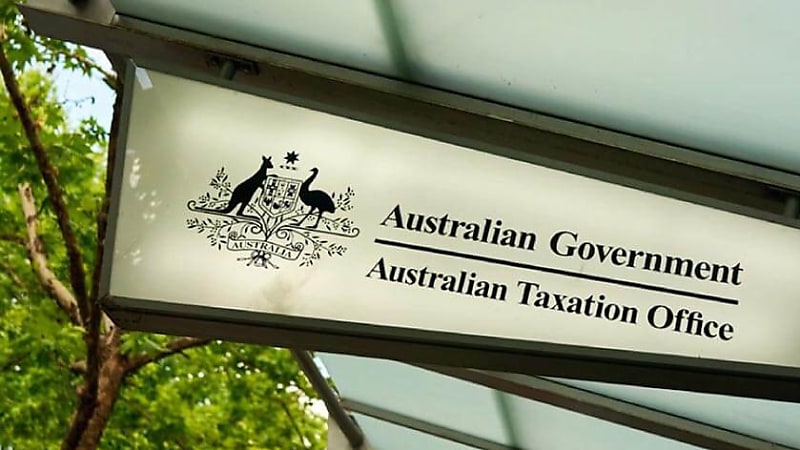ATO gives information on importance of qualified audit reports
The ATO has published information on why auditors may issue a qualified audit report when SMSFs use an investment management service organisation.
The regulator said SMSFs may hold investments where a service organisation maintains responsibility for managing the underlying assets. Examples of these investments include WRAP accounts, individually managed portfolio services or platform investments.
Under these arrangements, generally, the SMSF does not hold the assets directly; they’re held by a custodian on behalf of the SMSF.
It continued that when the fund has its annual audit, auditors will request evidence to confirm the assets in the SMSF’s financial statements and for assets managed by a service organisation, it can be difficult for auditors to confirm ownership of the asset, even when an annual investment statement and other audit documents are provided.
“Where it’s the auditor’s opinion there is insufficient evidence to verify ownership of the asset, they will qualify Part A of the Independent Auditor’s Report (IAR). Part A of the IAR relates to the financial side of the audit,” the Australian Taxation Office (ATO) said.
“In this scenario, a Part A qualification may be unavoidable even though the SMSF trustees may have complied with all their obligations. If your SMSF auditor has qualified Part A of the IAR, you should discuss this with your auditor to understand the reasons why and what it means for your SMSF.”
SMSF auditors are encouraged to download Guidance Statement GS009 Auditing Self-Managed Super Funds, which provides guidance on audit considerations when SMSFs use investment management service organisations.
“Auditors may avoid a Part A qualification where sufficient evidence obtained is in accordance with ASA 402,” the regulator said.
“The Joint Accounting Bodies (JAB) have issued a FAQ Audit considerations relating to an SMSF using an investment management service organisation. This explains that in some cases, it’s possible to obtain sufficient appropriate audit evidence, but there is no one-size-fits-all approach.”








